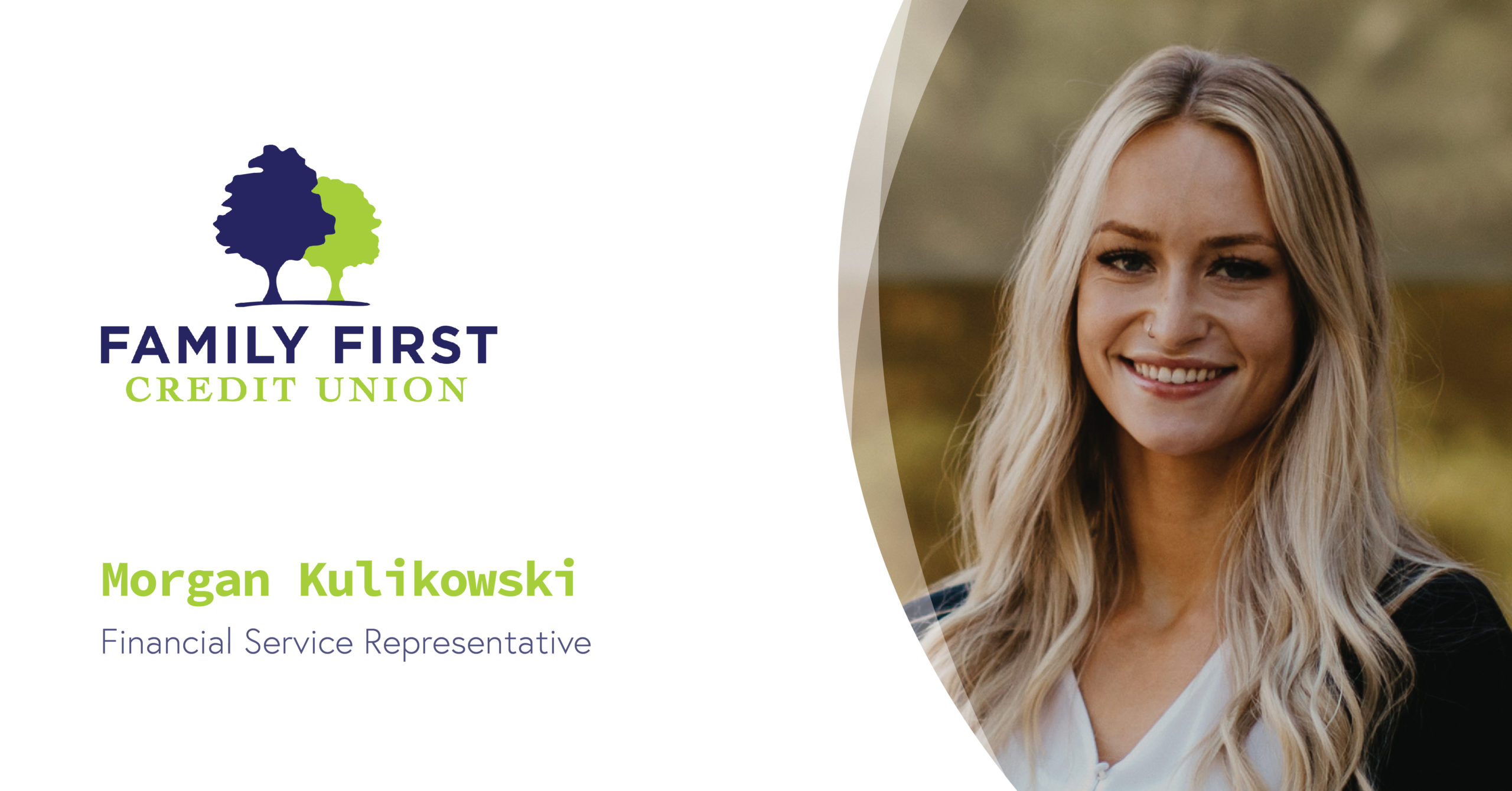6 Steps for First-Time Homebuyers
Last Updated
April 3, 2023
Written By
Morgan Kulikowski
Purchasing your first home can be a challenging process and it usually comes along with many questions. If you don’t know where to begin, here are some tips for first-time homebuyers that will help prepare you for your home buying journey!
1. Check Your Credit
Lenders look carefully at your credit score to determine how likely you are to pay back your debt, so check your score and take the necessary steps to improve. Ways to improve your credit score include:
- Making payments on time and in full every month
- Paying down or consolidating credit card balances/outstanding debt
- Disputing errors and discrepancies you may have found on your credit reports
- Waiting to apply for additional loans or credit cards
These actions will help to increase your chances of a favorable decision by reducing your debt-to-income ratio, improving your payment history, and clearing up mistakes that could be negatively impacting your credit score. You can request one free copy of your credit report annually from each major credit bureau (Experian, TransUnion, and Equifax) by visiting https://www.annualcreditreport.com/gettingReports.action
2. Start Saving
You’ll want to start saving money sooner than later to help with your down payment and closing costs. Typically, you should expect to pay between 2% – 5% of the purchase price in closing costs, along with private mortgage insurance. While the down payment for a first-time homebuyer typically ranges from 3% – 10% of the purchase price of the property, it ultimately depends on your budget and the type of mortgage you choose. Some mortgage lenders and programs require a minimum percentage of the home price to be put down to qualify. For more on Down Payments, click here!
In addition to your down payment and closing costs, you should also plan to save some money for potential renovations and unexpected repairs, as well as your first year of homeowners insurance, which most lenders require you to pay up front.
3. Create a Budget
Determine how much mortgage you can afford. Create a budget by evaluating your income and earnings each month and compare it to all your expenses and monthly payments (student loans, credit cards, auto loan, any other financial obligations). You should be left with enough money to cover all your bills and save some money while still living comfortably. When you take on a mortgage that’s not within your budget you can become house poor, which results in you struggling to make your mortgage payments, or to pay your other expenses on top of your housing costs.
Use our mortgage calculators to help you determine how much you can afford.
4. Choose the Right Mortgage
There are several types of mortgages and mortgage programs available to choose from. We recommend using a combination of an online mortgage calculator and speaking to a mortgage loan officer to determine which is best for you.
Check out our Mortgage FAQ for some information about the different types of mortgages Family First offers, Annual Percentage Rate (APR), and mortgage terms like LTV, escrow, and PMI. To speak with a mortgage loan officer, click here.
5. Get Pre-approved
Now that you know how much mortgage you can afford and how much you have saved up, it’s time to get preapproved. Find a local mortgage lender near you that offers the program that best fits your financial needs and see what kind of rates they offer. Check out the great low mortgage rates at Family First!
Getting a pre-approval prior to shopping for properties helps you determine a realistic price point, and lets sellers know you’re serious when you put in your offer. In today’s housing landscape, most realtors will require you to get a pre-approval before they’ll even let you look at a home.
Before pre-approving you, your lender will consider your current income, credit score, investments, current debt, and other financial obligations. During this process, lenders recommend you avoid doing anything that could affect your financial status, such as switching jobs, taking out another line of credit or loan, and making big purchases. Check out our Getting Pre-approved for a Mortgage blog to learn more about what is needed for the pre-approval process.
To get pre-approved for a mortgage with one of our Family First mortgage experts, click here!
6. Start Shopping
Now that you’ve been pre-approved, you can start house hunting! First, start by determining what features and conveniences you absolutely need to have in a home. This could include a variety of things, from the number of bedrooms and bathrooms to the kind of sewage system the home has. When you find your dream home, you’ll work with your realtor to make an offer. Once accepted, your lender will take it from there and walk you through every step of the way until you close on your dream home!
Author
Morgan started her banking career with Family First in 2018. She is a Business Intelligence Analyst and has worked alongside various departments and committees within the credit union, giving her an expansive set of skills and knowledge to help you reach your financial goals. She is committed to helping her members and community by offering financial guidance and support wherever she can, both within the credit union walls and out in the world.



